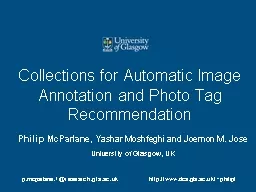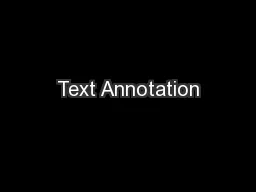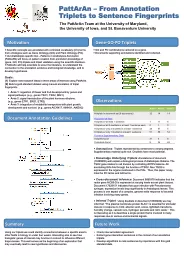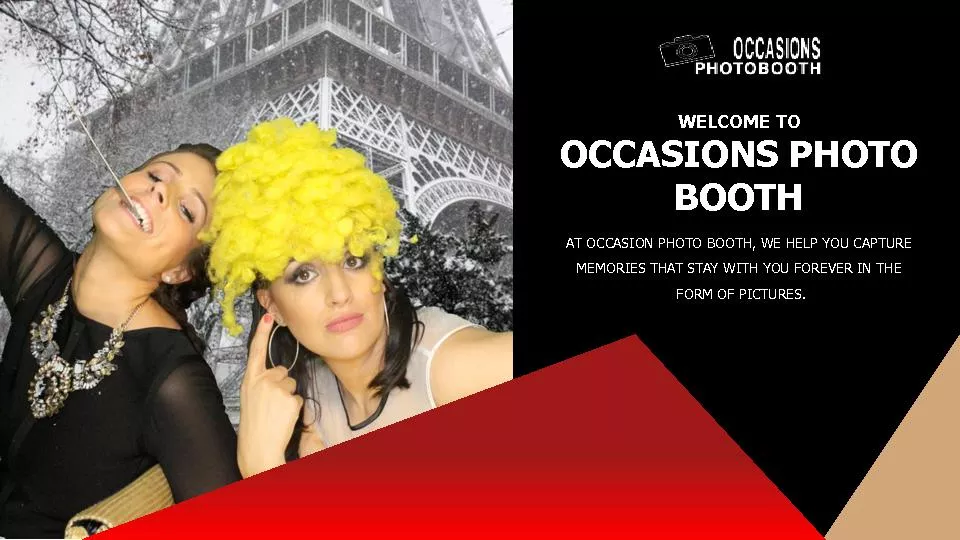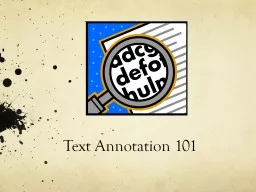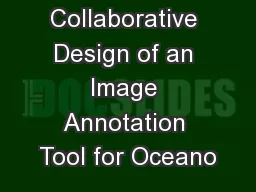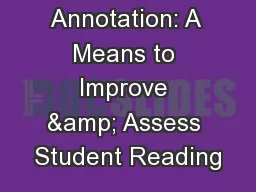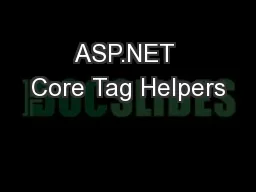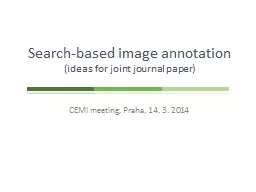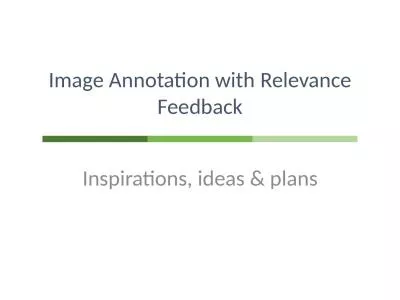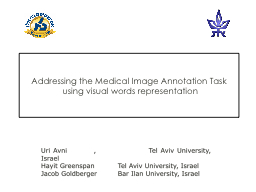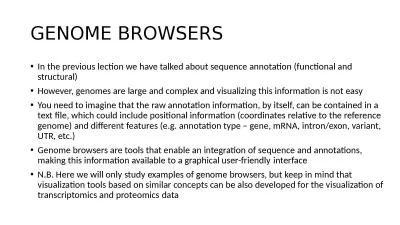PPT-Collections for Automatic Image Annotation and Photo Tag Re
Author : pamella-moone | Published Date : 2017-04-02
Philip McParlane Yashar Moshfeghi and Joemon M Jose University of Glasgow UK httpwwwdcsglaacukphilip pmcparlane1researchglaacuk Motivation for annotating images
Presentation Embed Code
Download Presentation
Download Presentation The PPT/PDF document "Collections for Automatic Image Annotati..." is the property of its rightful owner. Permission is granted to download and print the materials on this website for personal, non-commercial use only, and to display it on your personal computer provided you do not modify the materials and that you retain all copyright notices contained in the materials. By downloading content from our website, you accept the terms of this agreement.
Collections for Automatic Image Annotation and Photo Tag Re: Transcript
Download Rules Of Document
"Collections for Automatic Image Annotation and Photo Tag Re"The content belongs to its owner. You may download and print it for personal use, without modification, and keep all copyright notices. By downloading, you agree to these terms.
Related Documents

